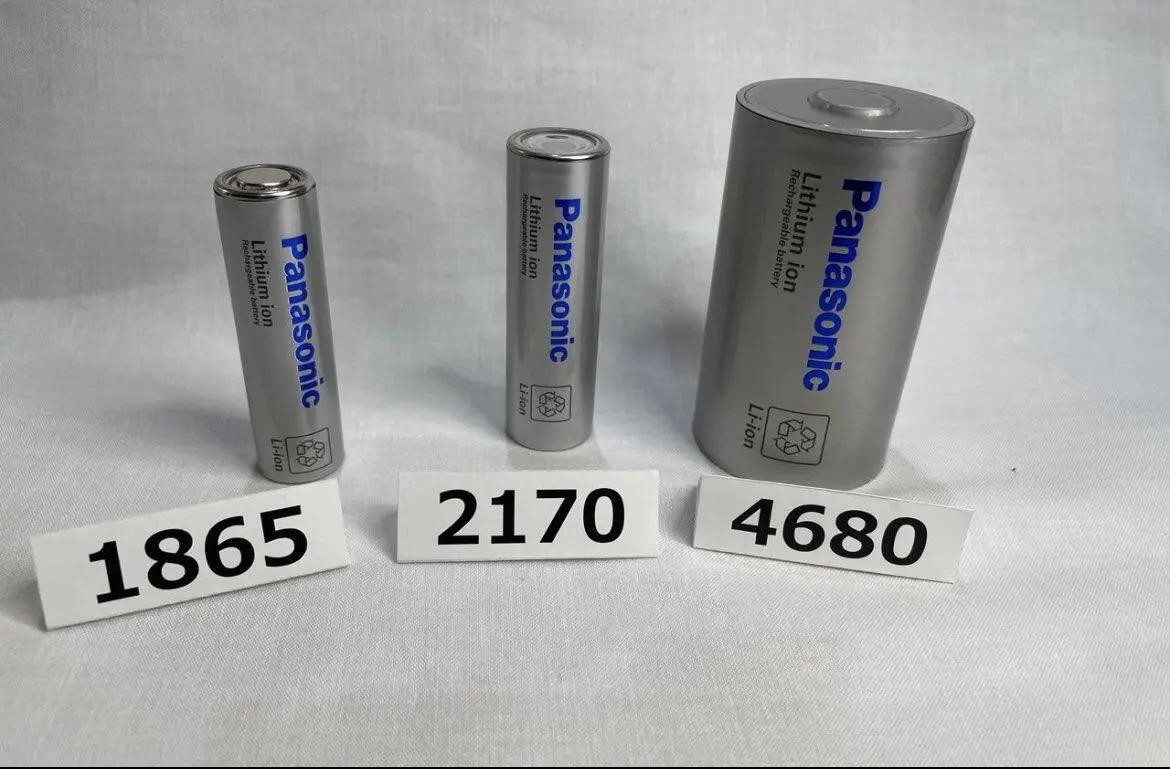By 2030, Panasonic intends to construct at least two additional plants in North America for the manufacturing of 4680 batteries.


Automotive batteries will be a key investment area, according to Panasonic Group CEO Yuki Kusumi, who made the announcement on May 18 during the Group Strategy Briefing. The Japanese producer recognizes the significant market need for EV batteries, particularly for cylindrical-type cells, and the high market development potential, particularly in North America.
The company is anticipated to construct a few more battery factories later this decade, at least two of which will be in North America.
Panasonic stated that compared to the previous generation, which was introduced in 1994, the current generation of battery cells already has a volumetric energy density that is more than three times greater (about 800 watt-hours per liter). The target is to reach 1,000 Wh/L by 2030.
We understand that Panasonic’s cathode chemistry was the first among high-nickel NCA/NCM cathodes to achieve less than 5% cobalt concentration, and according to Panasonic, a “cobalt-free” cathode is within reach. It’s interesting to see that nickel content will also drop.
The fact that Panasonic provided batteries for around two million electric vehicles without ever having to issue a battery recall is one of the most significant facts.
Related Article: Argonne Lab Develops Lithium-Ion Batteries That Perform Better In The Cold
One battery facility for 2170-type cylindrical cells is now being operated by the business in North America at the Tesla Gigafactory 1 in Nevada, and a second is being built in Kansas. Although we also know that the new 4680-type batteries are slightly delayed, the objective is to increase EV battery manufacturing in North America.
Panasonic plans to boost the total amount of EV batteries it can produce annually from 50 gigawatt-hours (GWh) to 200 GWh by March 2031, of which about half will be brand-new cylindrical battery cells of the 4680 type.
Although a 300 percent rise in just eight years is remarkable, Panasonic is still far from being the world’s leading EV battery supplier by volume.